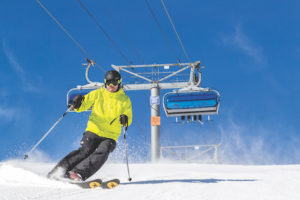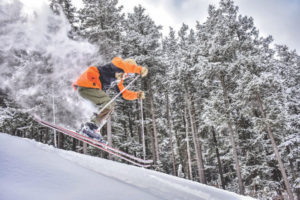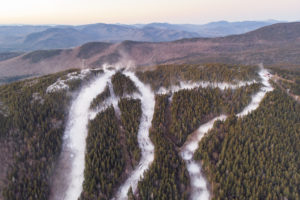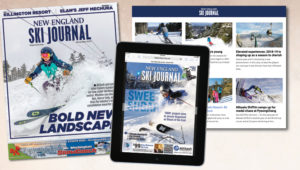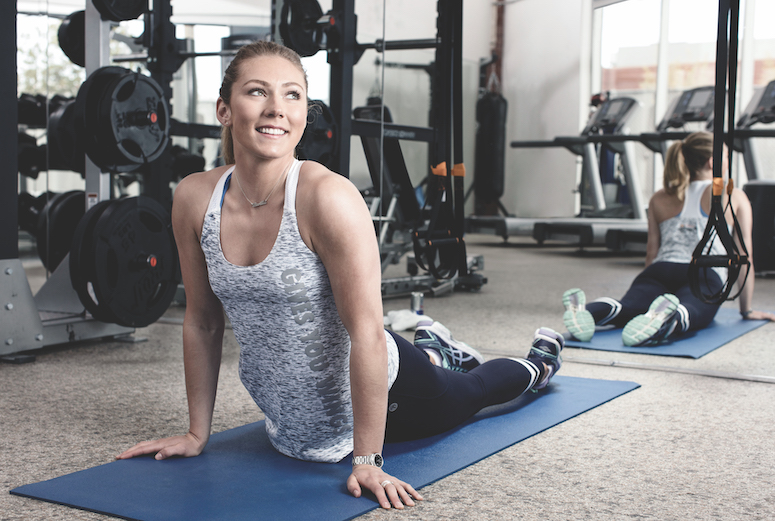
Will we be ready when the snow flies?
One of the undisputed facts about skiing is that it’s work. Not in a “job” sort of way, but in terms of a workout. That’s especially true if you, like me, hit the lift lines early, and stay until they close late. The result is a seven-hour interval training session. Rest and recover in the lift lines, or on the lift, and then go through a vigorous all-body effort as you head downhill. So, the next question is, “What can I do to make sure I get the most out of each day skiing?”
Your best bet is to commit to a preseason fitness regimen that incorporates yoga — primarily for flexibility and balance — and strength training.
Kim Johnson, owner of The Athlete’s Yoga near Boston, said practicing this ancient art not only can help keep the aches and pains at bay, but also improve your performance.
